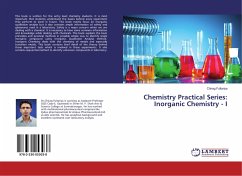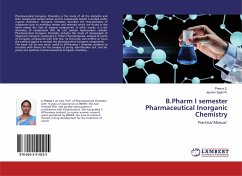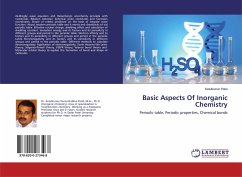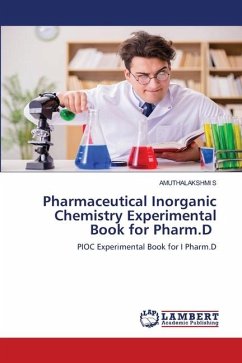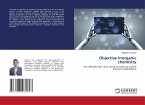This work, described, the ligands derived from the condensation of S- methyl dithiocarbazate with 5-acetyl-4-hydroxy-2H-1,3-thiazine-2,6(3H)-dione (AHTD) afforded the dibasic tridentate ONS Schiff base, H2L, ligand. The ligands were allowed to react with some transition metal ions, Ligands and their complexes have been characterized on the basis of elemental analyses, spectroscopy and thermal gravimetric analysis (TGA) as well as the magnetic susceptibility and molar conductivity measurements suggesting dibasic ONS tridentate donors. The proposed structures of complexes were geometrically optimized and their structural parameters were calculated and correlated with the experimental data. Antimicrobial screening of the free ligand and its complexes in vitro towards bacteria and fungus showed pronounced activity for Cu(II) and Cd(II) complexes.
Bitte wählen Sie Ihr Anliegen aus.
Rechnungen
Retourenschein anfordern
Bestellstatus
Storno


